This article is a unique one that will tell us the importance of small bolts which can have a large effect on the plant operation and sometimes more adverse effects.
First, we will know what happened, then why it happened, and then the reason behind it and how this type of issue can be avoided.
Solving Control Valve Hunting

One critical control valve was not operating properly as per the command and had the issue of hunting. Due to this, the operation of the plant was disturbed.
So, the operation department asked the Instrumentation team to check the control valve. The instrumentation team immediately attended to the issue. They replaced the control valve’s positioner. Did auto-calibration and handed over the control valve to the operations department after checking the stroke of the control valve.
What is the issue with the Control Valve Positioner?
To know why it happened, we will see the steps that the Instrumentation team took to identify and resolve the problem.
Below are the steps that were taken by the Instrumentation team:
- Checked the instrument air supply pressure. Instrument air supply pressure was found ok as per the tag plate on the control valve.
- Checked instrument air leakage in the tube. No leakage in the instrument air tube was found.
- Checked for air leakage on the body of the actuator. No leakage was found.
- Opened the positioner to check the supply voltage and also the connection. When the cover was opened, moisture was found inside the positioner.
So, this moisture ingress inside the positioner was the reason behind the control valve hunting. This moisture caused damage to the internal components of the positioner.
So, the Instrumentation team replaced the positioner immediately. Then auto calibration of the valve was performed and then this valve was handed to the operations team after stroke checking.
Reason for Moisture inside the Valve Positioner
Moisture inside instruments is a rare issue that we encounter in monsoon season or if the instrument is installed in places where water is present continuously (like an instrument installed in a cooling tower area). We should take steps to protect the instrument from moisture.
The steps are:
1) Proper application of aluminum tape
2) Proper application of silastic
3) Using canopies to cover the instrument properly
4) Covering instrument with plastic cover if needed
5) Plugging spare cable entries with blind plugs
Root Cause Analysis
Now, let us see how moisture went inside this control valve positioner.
While opening the positioner’s cover, the Instrumentation team found properly applied silastic on it. But one observation was that while opening the bolts of the positioner’s cover, 1 bolt out of the 4 bolts was missing.
Because of this missing bolt, a minor gap had formed because the other 3 bolts were pulling the cover inside while on 4th side, nothing was pulling it inside. Although proper silastic was present, but this silastic was old and it was applied 3-4 years back. Due to the aging effect, a minor gap might have formed and this gave a path for the moisture to go inside.
You might think the culprit is the bolt itself. But there are many reasons behind this. Now, we will see various points which should be taken care of.
How to avoid these problems?
By the below-mentioned points, this kind of issue and many others can be eliminated.
- During LLF, round identify missing parts. This includes bolts, silastic, monsoon tape, loose covers, and missing canopies.
- During the PM (Preventive Maintenance) Job, the cover of each instrument should be opened. This will let us know the internal condition of the instrument. While refixing the cover, apply some grease on bolts or threads whichever is applicable. This will also help to increase the life span of bolts and threads which reduces due to aging effect. Sometimes the bolts break while opening because they are corroded. So, opening bolts in every PM Job will eliminate this corrosion up to an extent because they will be lubricated every time. Another plus point is that silastic or monsoon tape will be reapplied.
- If due to any reason, such type of condition exists like a bolt is not available at the time of installing the instrument, do remember it or write in pending jobs and attend to it as soon as possible.
If you liked this article, then please subscribe to our YouTube Channel for PLC and SCADA video tutorials.
You can also follow us on Facebook and Twitter to receive daily updates.
Read Next:
- Control Valve Maintenance
- Controller Bumpless Transfer Issues
- Motor Operated Valve Problems
- Junction Box Internal Corrosion
- Valve Failure in Plant Start-Up
- BP Refinery Explosion at Texas City
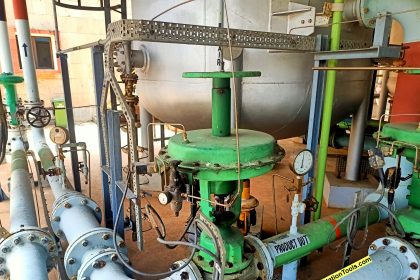
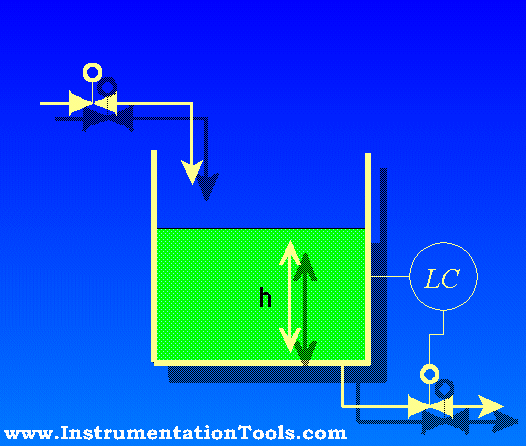
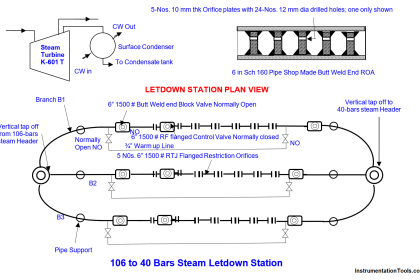
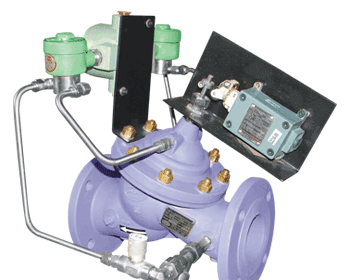
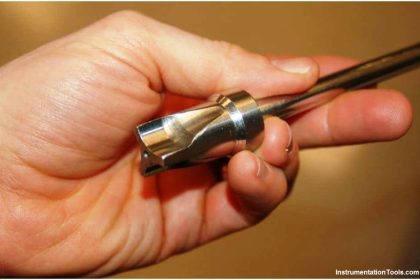
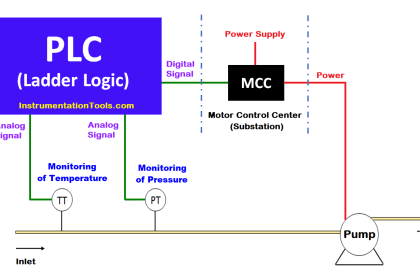
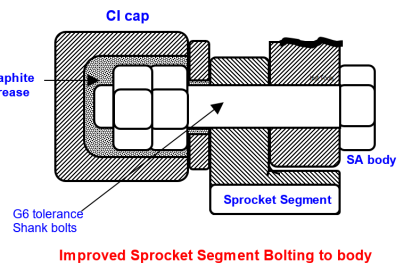
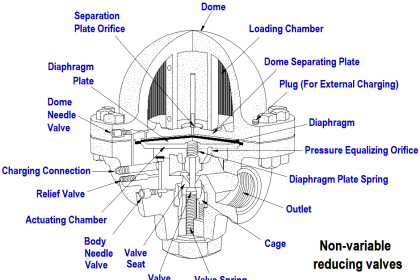

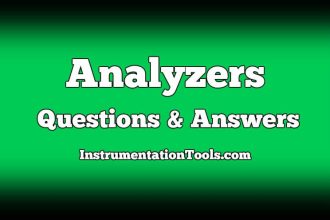
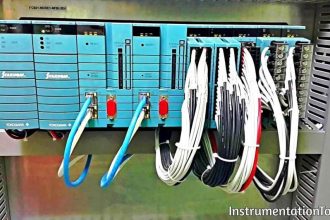
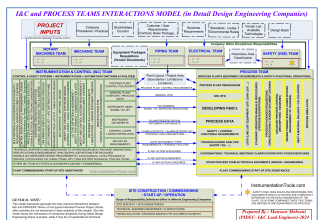
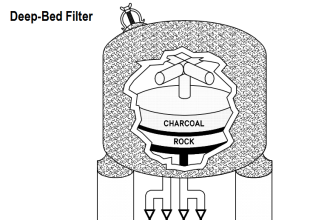

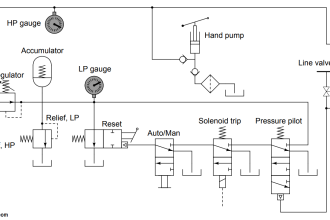
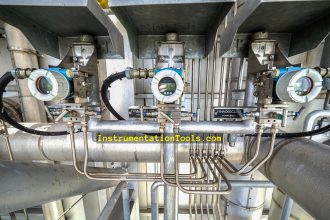

very good article. it is according to industrial real life problem.